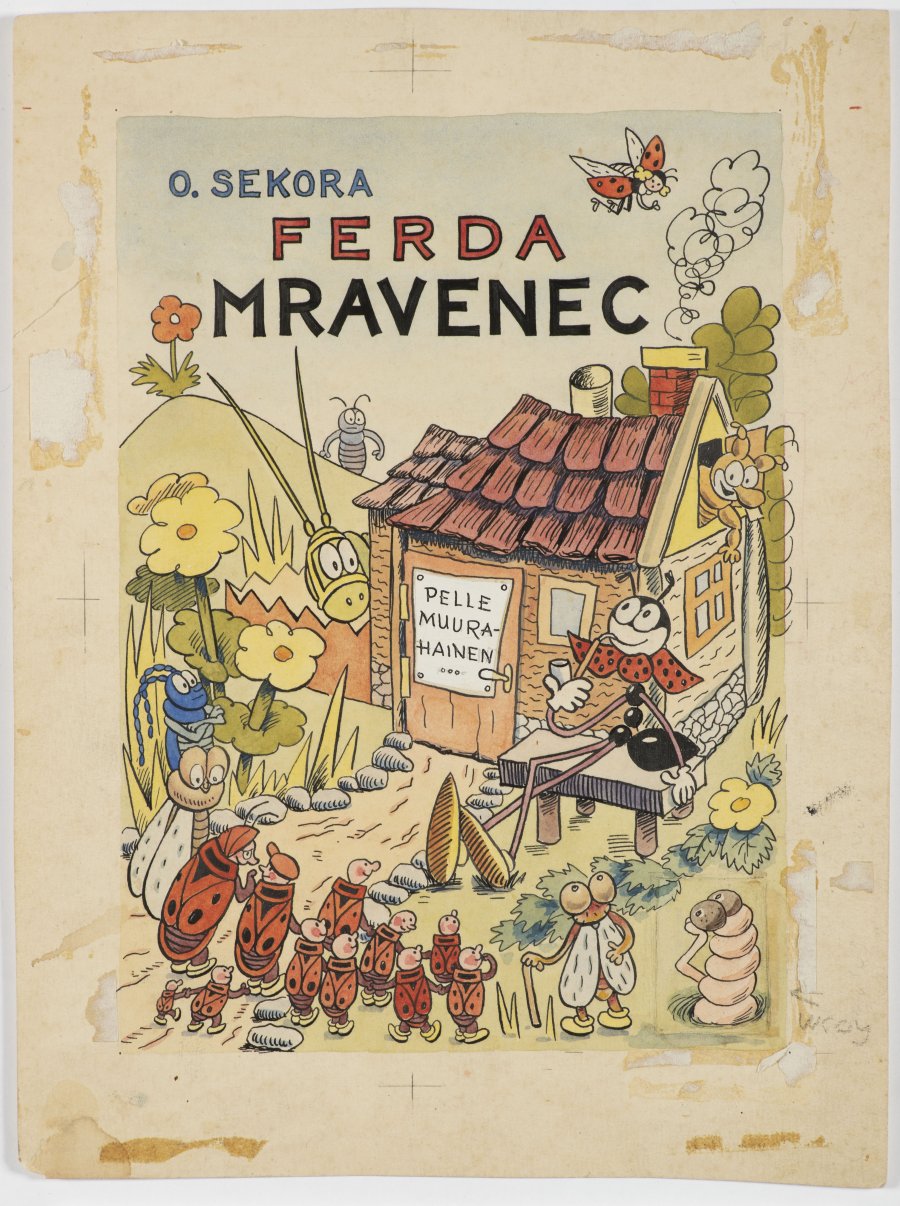Lot 106
FERDY THE ANT - BOOK COVER
1936
30 x 22 cm (h x b)
| 1 739 EUR
| 6 087 EUR
Illustration of the title page of the now publicly known book Ferda the Ant, which became an inspiration for short children's films. Ondřej Sekora considered ants to be an animal species that has something to pass on to children. The witty and energetic Ferdy is not afraid to try anything new and everything goes right for him. But in order not to bore the children so much, Ondřej Sekora added colourful characters to other characters, such as Bug Butterfingers, who added a grotesque element to the plot.He himself was very inspired by contemporary cinema, but unfortunately he mostly failed to apply the knowledge from cinema in practice. The drawing presented here is a design for the cover of a book in prose - Ferdy the Ant. The book originally had only 14 colour illustrations and 69 black-and-white ones, but in 1958 the proportion of black-and-white and colour illustrations was more or less equal. Interestingly, to make things easier, the original inscription on the door "Work of all kinds" has been blacked out in white and transcribed into Finnish for the foreign language edition.
Ondřej Sekora, the Author:
Ondřej Sekora collected butterflies and bugs, played sports, read a lot and liked to draw. He originally studied law and then painting at UMPRUM in Prague, founded the magazine Sport and promoted rugby in our country. He also devoted himself to music. Ferdy the Ant was created in Ondřej Sekora's mind in Paris in 1927. He did not have a polka dot scarf and the pictures were black and white. Back then, he was still a caricature of himself - a young man who was more of a troublemaker than a worker, who got drunk, fought, and pulled all sorts of pranks. But the cartoons were the birthplace of the first characters, which took on a familiar form around 1933. Josef Hokr, who urged Sekora to rewrite the poems into prose, also helped him form the character of Ferdy the Ant. Ferda gradually turns from a troublemaker into a rather mischievous boy, and subsequently, in Ferdy's syllabary, into a teacher who gives the letters in an accessible form in shapes that children know intimately. His approach to teaching the children was very sensitive - he gave them the idea, in a cartoonish way, that they already knew what he was trying to convey. Ondřej Sekora considered Ferda to be his best work. Unfortunately, the fate of Ondřej Sekora was not always connected only with children's laughter. In 1941, he was fired from Lidové noviny and banned from freelancing. His wife Ludmila was of Jewish descent, so he tried to have his wife and son baptized and contracted a church marriage. Unfortunately, he was still deported to a labor camp and his wife to Terezín. Although his family survived the war, his views were strongly influenced and the communist authorities used his work to promote themselves. However, he produced countless works that made him immensely popular, especially with children; he was behind the first attempts at television broadcasting for children, unofficially played puppet theatre and held talks with children all over the country. Ondřej Sekora's contribution to Czech children's literature is invaluable.
Andere Auktionsgegenstände
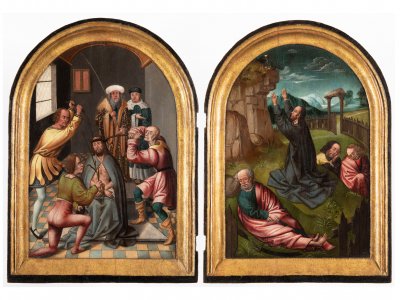
Lot 1 ALTAR WINGS
Rufpreis60 000 CZK | 2 609 EUR
Erzielter Preis
180 000 CZK | 7 826 EUR
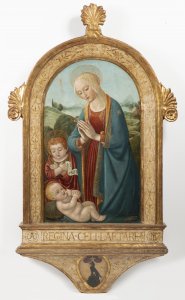
Lot 2 MADONNA WITH JESUS AND ST. JOHN THE BAPTIST
Rufpreis800 000 CZK | 34 783 EUR
Erzielter Preis
1 700 000 CZK | 73 913 EUR
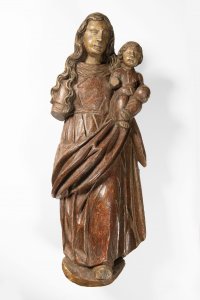
Lot 3 MADONNA WITH CHILD
Rufpreis45 000 CZK | 1 957 EUR
Erzielter Preis
50 000 CZK | 2 174 EUR
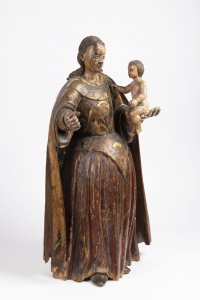
Lot 4 MADONNA WITH A CHILD
Rufpreis45 000 CZK | 1 957 EUR
Erzielter Preis
50 000 CZK | 2 174 EUR
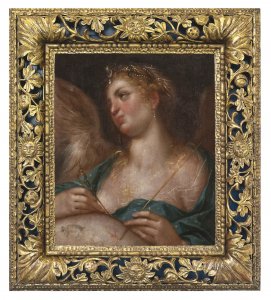
Lot 5 URANIA
Rufpreis180 000 CZK | 7 826 EUR
Erzielter Preis
370 000 CZK | 16 087 EUR
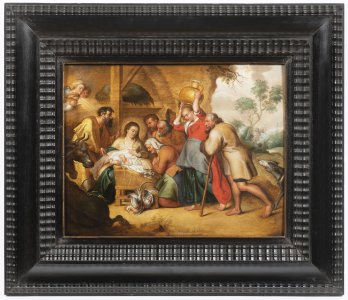
Lot 6 ADORATION OF SHEPHERDS
Rufpreis120 000 CZK | 5 217 EUR
Erzielter Preis
120 000 CZK | 5 217 EUR
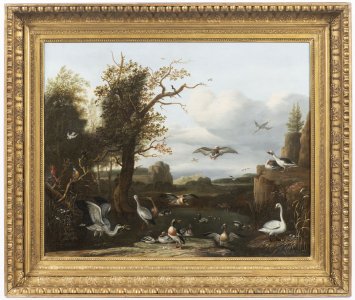
Lot 7 ALLEGORY OF AIR
Rufpreis55 000 CZK | 2 391 EUR
Erzielter Preis
110 000 CZK | 4 783 EUR
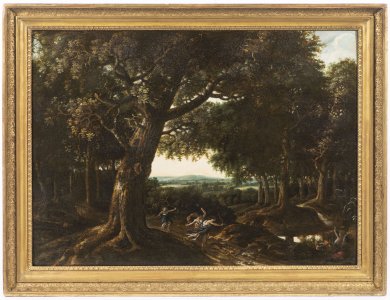
Lot 8 HUNTING DIANA
Rufpreis55 000 CZK | 2 391 EUR
Erzielter Preis
55 000 CZK | 2 391 EUR
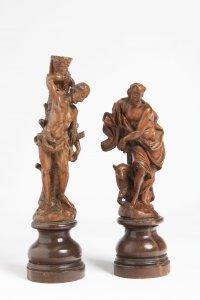
Lot 9 TWO BAROQUE SMALL SCULPTURES
Rufpreis35 000 CZK | 1 522 EUR
Erzielter Preis
70 000 CZK | 3 043 EUR
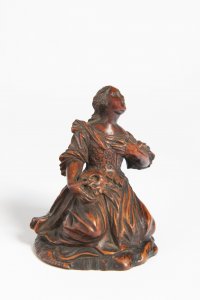
Lot 10 SAINT MARY MAGDALENE
Rufpreis12 000 CZK | 522 EUR
Erzielter Preis
20 000 CZK | 870 EUR
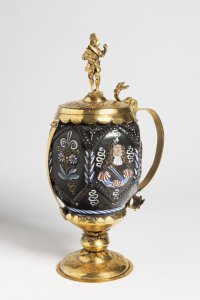
Lot 11 CERAMIC TANKARD IN GILDED MOUNTING
Rufpreis40 000 CZK | 1 739 EUR
Erzielter Preis
42 000 CZK | 1 826 EUR
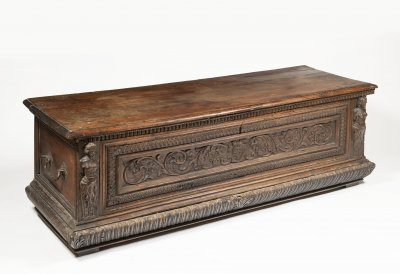
Lot 12 A MANNERIST CHEST
Rufpreis55 000 CZK | 2 391 EUR
Erzielter Preis
70 000 CZK | 3 043 EUR
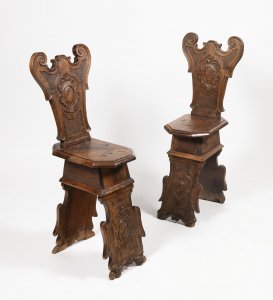
Lot 13 A PAIR OF MANNERIST SGABELLO CHAIRS
Rufpreis24 000 CZK | 1 043 EUR
Erzielter Preis
30 000 CZK | 1 304 EUR
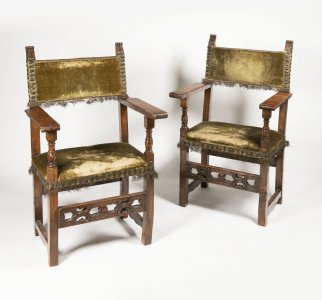
Lot 14 A PAIR OF MANNERIST ARMCHAIRS
Rufpreis30 000 CZK | 1 304 EUR
Erzielter Preis
30 000 CZK | 1 304 EUR
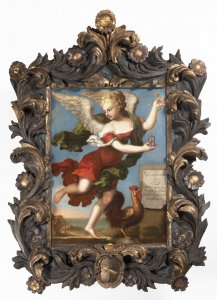
Lot 15 ALLEGORY OF TIME
Rufpreis110 000 CZK | 4 783 EUR
Erzielter Preis
290 000 CZK | 12 609 EUR
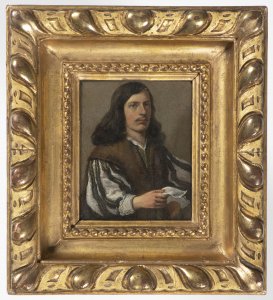
Lot 16 PORTRAIT OF A NOBLEMAN
Rufpreis8 000 CZK | 348 EUR
Erzielter Preis
8 000 CZK | 348 EUR
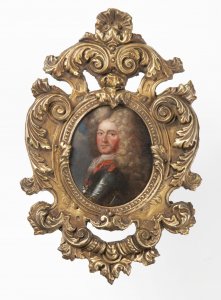
Lot 17 PORTRAIT OF A NOBLEMAN
Rufpreis12 000 CZK | 522 EUR
Erzielter Preis
15 000 CZK | 652 EUR
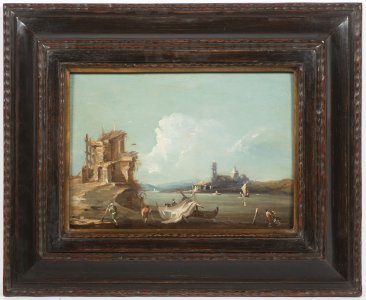
Lot 18 LANDSCAPE NEAR VENICE
Rufpreis18 000 CZK | 783 EUR
Erzielter Preis
24 000 CZK | 1 043 EUR
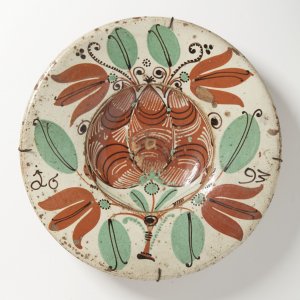
Lot 19 A PLATE
Rufpreis40 000 CZK | 1 739 EUR
Erzielter Preis
40 000 CZK | 1 739 EUR
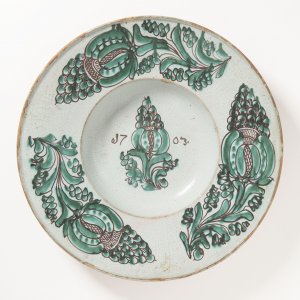
Lot 20 A ZITTAU PLATE
Rufpreis45 000 CZK | 1 957 EUR
Erzielter Preis
45 000 CZK | 1 957 EUR
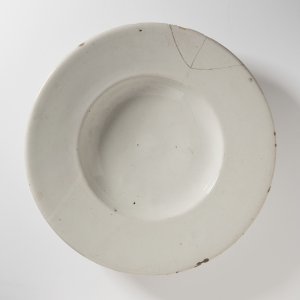
Lot 21 A HABAN PLATE
Rufpreis55 000 CZK | 2 391 EUR
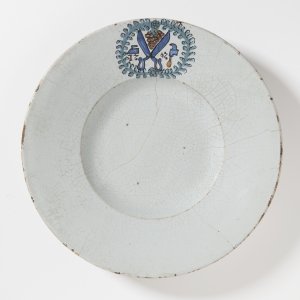
Lot 22 A HABAN PLATE
Rufpreis70 000 CZK | 3 043 EUR
Erzielter Preis
120 000 CZK | 5 217 EUR
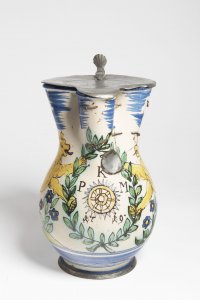
Lot 23 A HABAN JUG WITH LID
Rufpreis55 000 CZK | 2 391 EUR
Erzielter Preis
55 000 CZK | 2 391 EUR
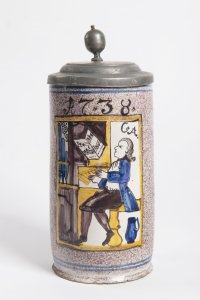
Lot 24 A POSTHABAN TANKARD
Rufpreis48 000 CZK | 2 087 EUR
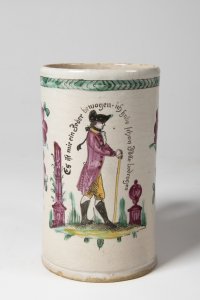
Lot 25 A POSTHABAN TANKARD
Rufpreis25 000 CZK | 1 087 EUR

Lot 26 A REGENCE PERIOD FRENCH CONSOLE TABLE
Rufpreis30 000 CZK | 1 304 EUR
Erzielter Preis
32 000 CZK | 1 391 EUR
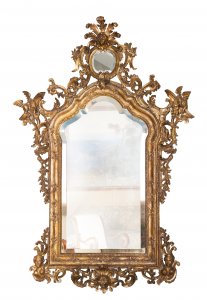
Lot 27 AN ITALIAN BAROQUE MIRROR
Rufpreis65 000 CZK | 2 826 EUR
Erzielter Preis
65 000 CZK | 2 826 EUR
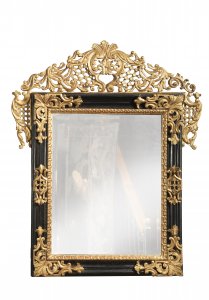
Lot 28 A BAROQUE MIRROR
Rufpreis28 000 CZK | 1 217 EUR
Erzielter Preis
28 000 CZK | 1 217 EUR
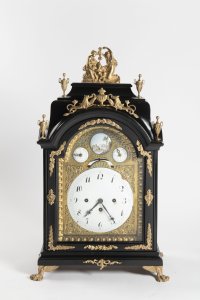
Lot 29 A PRAGUE BAROQUE TABLE CLOCK
Rufpreis40 000 CZK | 1 739 EUR
Erzielter Preis
60 000 CZK | 2 609 EUR
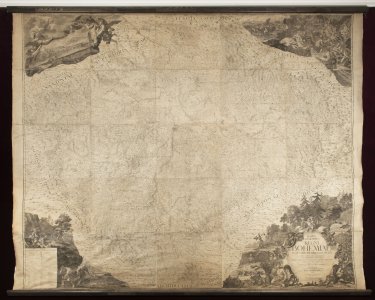
Lot 30 MÜLLER'S MAP OF BOHEMIA
Rufpreis120 000 CZK | 5 217 EUR

Lot 31 AN EMPIRE CHANDELIER
Rufpreis85 000 CZK | 3 696 EUR
Erzielter Preis
85 000 CZK | 3 696 EUR
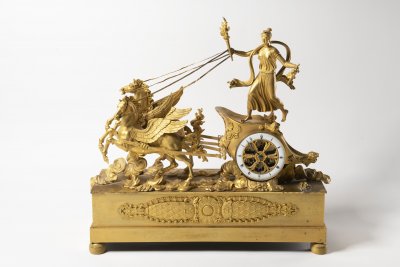
Lot 32 AN EMPIRE TABLE CLOCK
Rufpreis80 000 CZK | 3 478 EUR
Erzielter Preis
100 000 CZK | 4 348 EUR
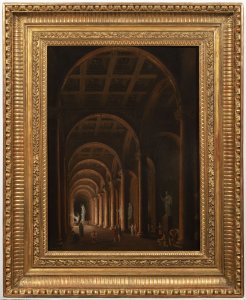
Lot 33 INTERIOR OF ANCIENT TEMPLE
Rufpreis120 000 CZK | 5 217 EUR
Erzielter Preis
140 000 CZK | 6 087 EUR
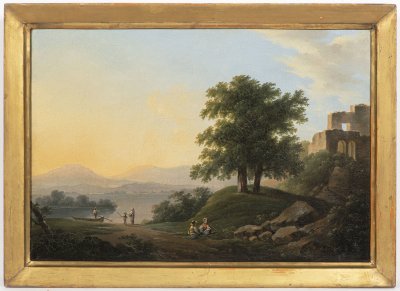
Lot 34 LANDSCAPE WITH A LAKE
Rufpreis18 000 CZK | 783 EUR
Erzielter Preis
28 000 CZK | 1 217 EUR
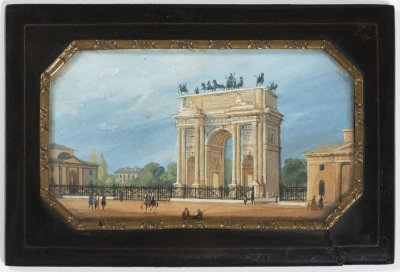
Lot 35 ARCH OF TRIUMPH IN MILAN
Rufpreis10 000 CZK | 435 EUR
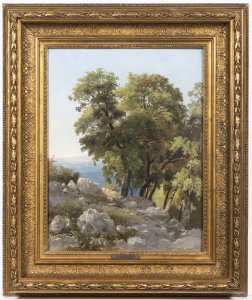
Lot 36 ITALIAN LANDSCAPE
Rufpreis45 000 CZK | 1 957 EUR
Erzielter Preis
47 000 CZK | 2 043 EUR
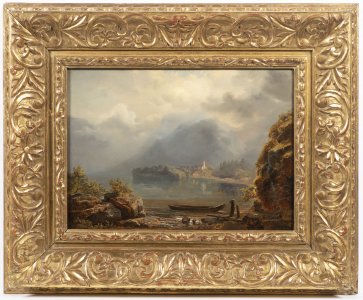
Lot 37 ALPINE LANDSCAPE WITH A LAKE
Rufpreis90 000 CZK | 3 913 EUR
Erzielter Preis
170 000 CZK | 7 391 EUR
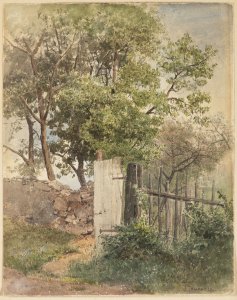
Lot 38 BY THE FENCE
Rufpreis25 000 CZK | 1 087 EUR
Erzielter Preis
28 000 CZK | 1 217 EUR
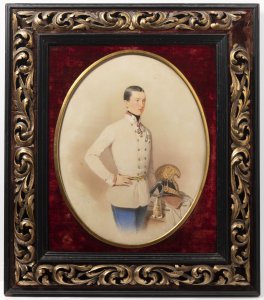
Lot 39 ARCHDUKE KARL LUDWIG
Rufpreis25 000 CZK | 1 087 EUR
Erzielter Preis
41 000 CZK | 1 783 EUR
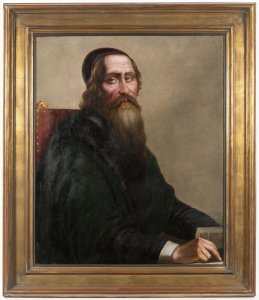
Lot 40 JAN AMOS KOMENSKÝ
Rufpreis120 000 CZK | 5 217 EUR
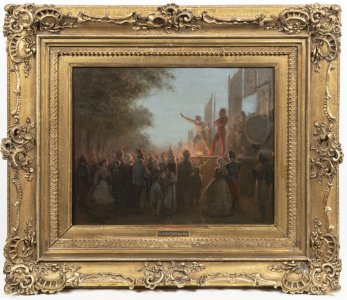
Lot 41 PARISIAN COMEDIANS
Rufpreis180 000 CZK | 7 826 EUR
Erzielter Preis
180 000 CZK | 7 826 EUR
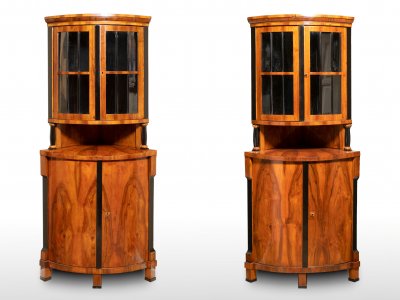
Lot 42 A PAIR OF BIEDERMEIER CORNER DISPLAY CABINETS
Rufpreis95 000 CZK | 4 130 EUR

Lot 43 A BIEDERMEIER CHEST OF DRAWERS
Rufpreis28 000 CZK | 1 217 EUR
Erzielter Preis
28 000 CZK | 1 217 EUR
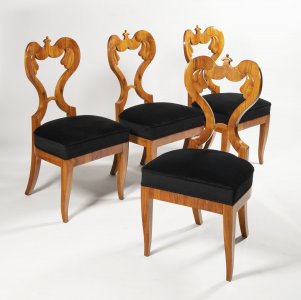
Lot 44 A SET OF FOUR BIEDERMEIER CHAIRS
Rufpreis70 000 CZK | 3 043 EUR
Verkauft

Lot 45 A SET OF NINE BIEDERMEIER CHAIRS
Rufpreis160 000 CZK | 6 957 EUR
Erzielter Preis
210 000 CZK | 9 130 EUR

Lot 46 A BIEDERMEIER FOLDING DINING TABLE
Rufpreis75 000 CZK | 3 261 EUR
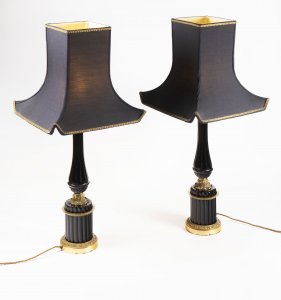
Lot 47 A PAIR OF NEOCLASSICAL TABLE LAMPS
Rufpreis19 000 CZK | 826 EUR
Erzielter Preis
30 000 CZK | 1 304 EUR
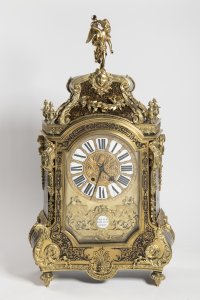
Lot 48 A LOUIS XIV STYLE TABLE CLOCK
Rufpreis55 000 CZK | 2 391 EUR
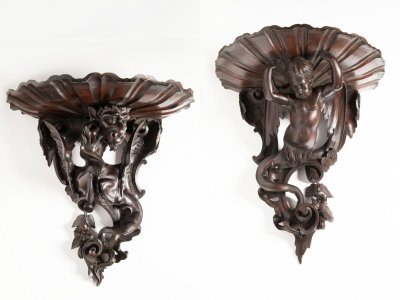
Lot 49 A PAIR OF BAROQUE STYLE CONSOLES
Rufpreis12 000 CZK | 522 EUR
Erzielter Preis
14 000 CZK | 609 EUR
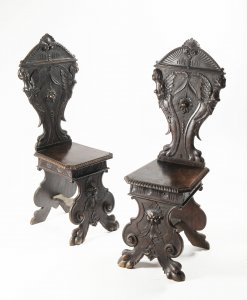
Lot 50 A PAIR OF RENAISSANCE STYLE SGABELLO CHAIRS
Rufpreis14 000 CZK | 609 EUR

Lot 51 A PAIR OF DUTCH CHANDELIERS
Rufpreis60 000 CZK | 2 609 EUR
Erzielter Preis
70 000 CZK | 3 043 EUR
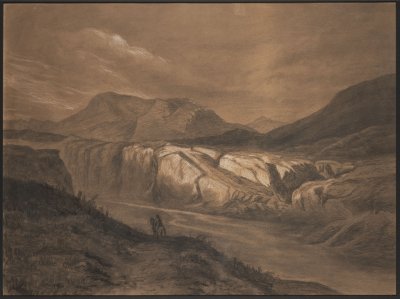
Lot 52 ROCKY LANDSCAPE WITH A RIDER
Rufpreis18 000 CZK | 783 EUR
Erzielter Preis
19 000 CZK | 826 EUR
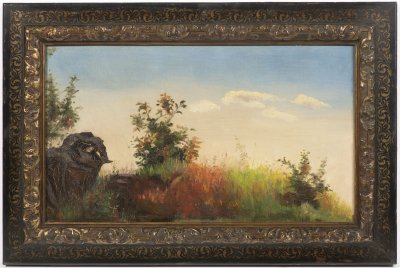
Lot 53 LANDSCAPE AT SUNSET
Rufpreis48 000 CZK | 2 087 EUR
Erzielter Preis
60 000 CZK | 2 609 EUR
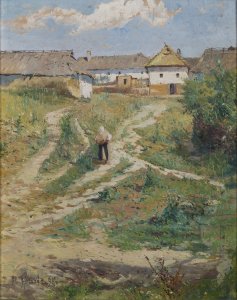
Lot 54 ON THE WAY TO THE VILLAGE
Rufpreis40 000 CZK | 1 739 EUR
Erzielter Preis
130 000 CZK | 5 652 EUR
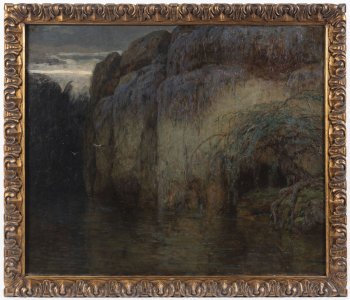
Lot 55 TWILIGHT
Rufpreis70 000 CZK | 3 043 EUR
Erzielter Preis
80 000 CZK | 3 478 EUR
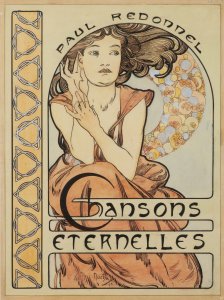
Lot 56 LES CHANSONS ÉTERNELLES
Rufpreis370 000 CZK | 16 087 EUR
Erzielter Preis
380 000 CZK | 16 522 EUR
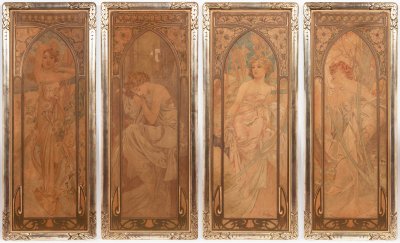
Lot 57 TIMES OF THE DAY
Rufpreis120 000 CZK | 5 217 EUR
Erzielter Preis
130 000 CZK | 5 652 EUR
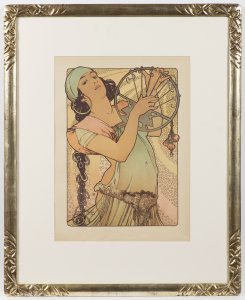
Lot 58 SALOME
Rufpreis16 000 CZK | 696 EUR
Erzielter Preis
32 000 CZK | 1 391 EUR
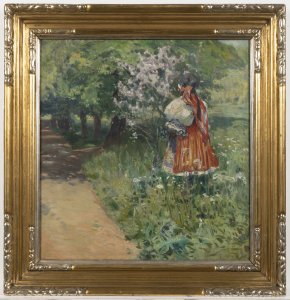
Lot 59 GIRL FROM SLOVÁCKO IN AN ALLEY
Rufpreis65 000 CZK | 2 826 EUR
Erzielter Preis
230 000 CZK | 10 000 EUR
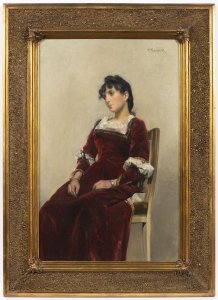
Lot 60 SITTING GIRL
Rufpreis55 000 CZK | 2 391 EUR
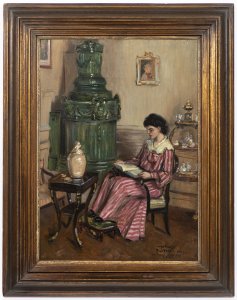
Lot 61 LADY IN AN ARMCHAIR
Rufpreis40 000 CZK | 1 739 EUR
Verkauft
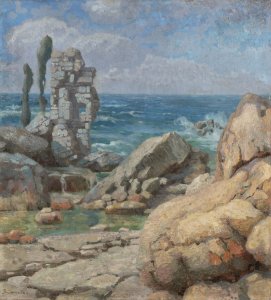
Lot 62 SEA CLIFFS IN DALMATIA
Rufpreis45 000 CZK | 1 957 EUR
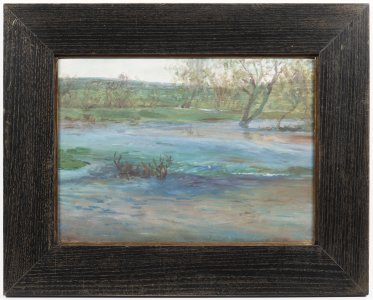
Lot 63 FLOODED MEADOWS IN THE EVENING
Rufpreis35 000 CZK | 1 522 EUR
Erzielter Preis
80 000 CZK | 3 478 EUR
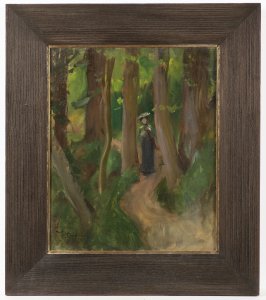
Lot 64 LADY ON A FOREST PATH
Rufpreis30 000 CZK | 1 304 EUR
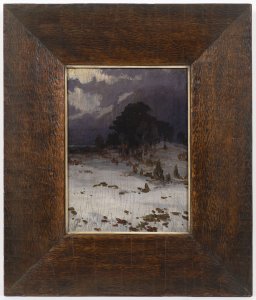
Lot 65 WINTER LANDSCAPE
Rufpreis35 000 CZK | 1 522 EUR
Erzielter Preis
37 000 CZK | 1 609 EUR
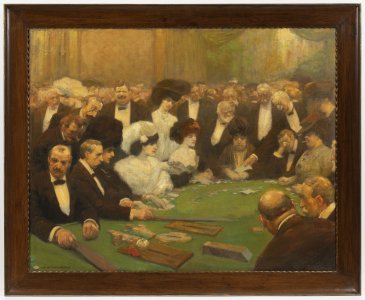
Lot 66 IN THE CASINO
Rufpreis240 000 CZK | 10 435 EUR
Erzielter Preis
320 000 CZK | 13 913 EUR
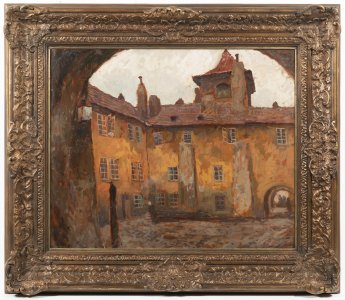
Lot 67 THE COURT OF THE AMBITUS OF THE ST. AGNES CONVENT
Rufpreis950 000 CZK | 41 304 EUR
Erzielter Preis
950 000 CZK | 41 304 EUR
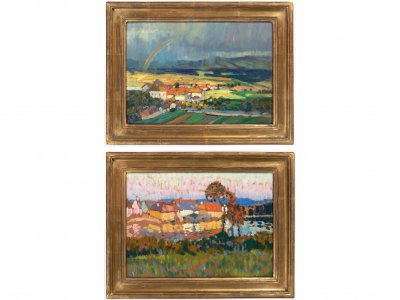
Lot 68 PAIR OF LANDSCAPES
Rufpreis24 000 CZK | 1 043 EUR
Erzielter Preis
110 000 CZK | 4 783 EUR
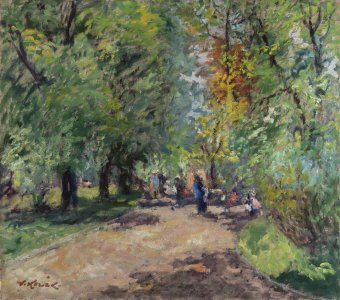
Lot 69 STROMOVKA
Rufpreis25 000 CZK | 1 087 EUR
Erzielter Preis
38 000 CZK | 1 652 EUR
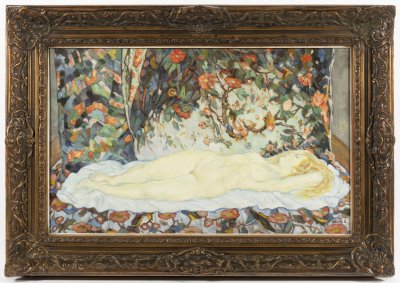
Lot 70 RECLINING NUDE
Rufpreis250 000 CZK | 10 870 EUR
Erzielter Preis
480 000 CZK | 20 870 EUR
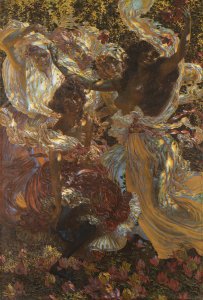
Lot 71 PLAY OF SUN STREAKS
Rufpreis3 500 000 CZK | 152 174 EUR
Erzielter Preis
6 100 000 CZK | 265 217 EUR
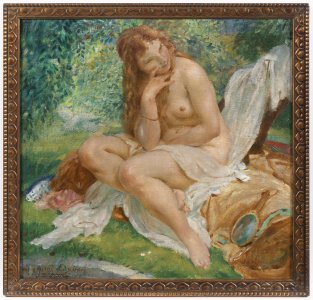
Lot 72 GIRL IN THE GARDEN
Rufpreis65 000 CZK | 2 826 EUR
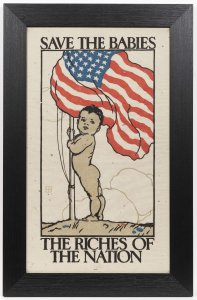
Lot 73 SAVE THE BABIES
Rufpreis16 000 CZK | 696 EUR
Erzielter Preis
17 000 CZK | 739 EUR
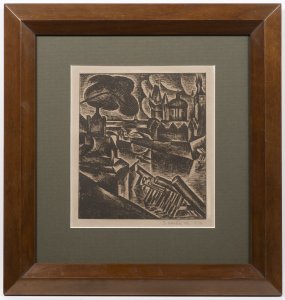
Lot 74 OLD PRAGUE MOTIF
Rufpreis65 000 CZK | 2 826 EUR
Erzielter Preis
400 000 CZK | 17 391 EUR
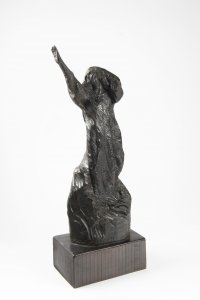
Lot 75 A PROPHET
Rufpreis160 000 CZK | 6 957 EUR
Erzielter Preis
160 000 CZK | 6 957 EUR
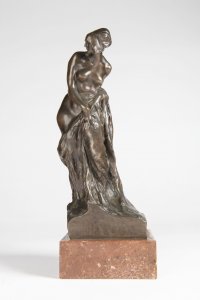
Lot 76 A GIRL WITH A DRAPERY
Rufpreis24 000 CZK | 1 043 EUR
Erzielter Preis
37 000 CZK | 1 609 EUR
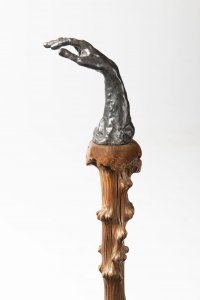
Lot 77 A CANE / A HAND STUDY
Rufpreis18 000 CZK | 783 EUR
Erzielter Preis
37 000 CZK | 1 609 EUR
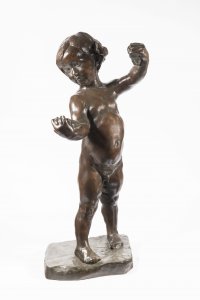
Lot 78 A BOY WITH GRAPES
Rufpreis85 000 CZK | 3 696 EUR
Erzielter Preis
85 000 CZK | 3 696 EUR
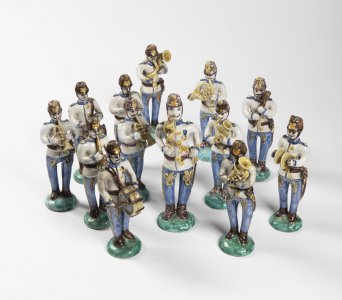
Lot 79 AUSTRO-HUNGARIAN ARMY BAND STUPAVA
Rufpreis30 000 CZK | 1 304 EUR
Erzielter Preis
150 000 CZK | 6 522 EUR
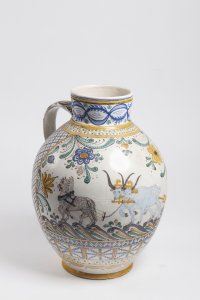
Lot 80 A BIG STUPAVA JUG
Rufpreis15 000 CZK | 652 EUR
Erzielter Preis
35 000 CZK | 1 522 EUR
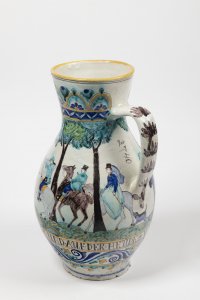
Lot 81 A STUPAVA JUG
Rufpreis10 000 CZK | 435 EUR
Erzielter Preis
31 000 CZK | 1 348 EUR
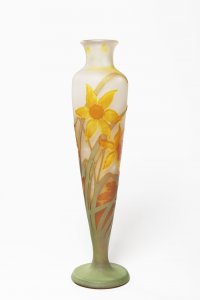
Lot 82 VASE GALLÉ
Rufpreis35 000 CZK | 1 522 EUR
Erzielter Preis
44 000 CZK | 1 913 EUR
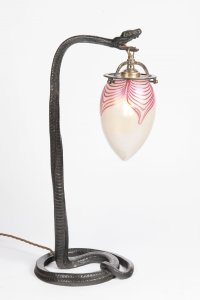
Lot 83 AN ART NOUVEAU LAMP
Rufpreis24 000 CZK | 1 043 EUR
Erzielter Preis
41 000 CZK | 1 783 EUR
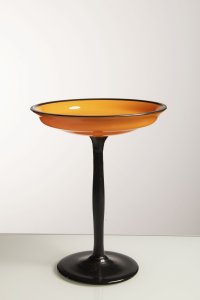
Lot 84 AN ART DECO BOWL
Rufpreis12 000 CZK | 522 EUR
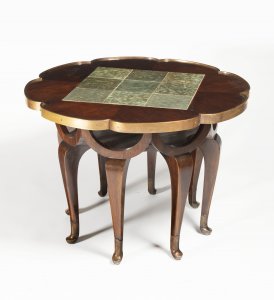
Lot 85 A TEA TABLE (ELEFANTENRÜSSEL TISCH)
Rufpreis180 000 CZK | 7 826 EUR
Erzielter Preis
330 000 CZK | 14 348 EUR
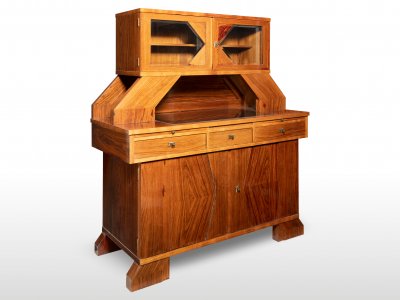
Lot 86 A CUBIST BUFFET
Rufpreis350 000 CZK | 15 217 EUR
Erzielter Preis
550 000 CZK | 23 913 EUR
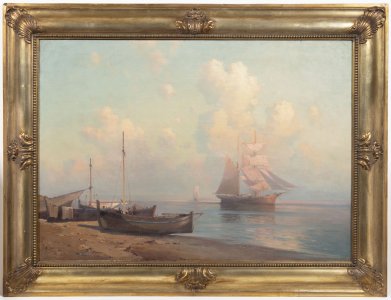
Lot 87 GULF OF NAPLES
Rufpreis120 000 CZK | 5 217 EUR
Erzielter Preis
410 000 CZK | 17 826 EUR
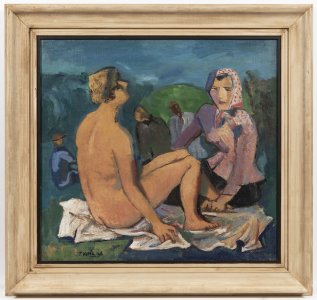
Lot 88 PICNIC ON THE GRASS
Rufpreis120 000 CZK | 5 217 EUR
Erzielter Preis
170 000 CZK | 7 391 EUR
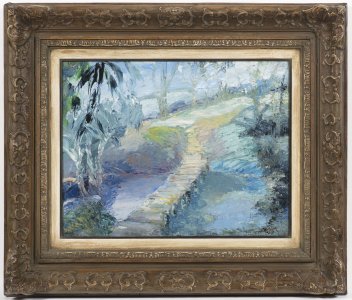
Lot 89 TAHITI
Rufpreis160 000 CZK | 6 957 EUR
Erzielter Preis
290 000 CZK | 12 609 EUR
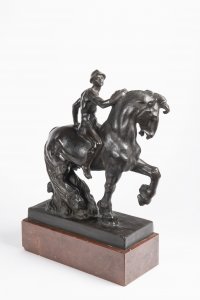
Lot 90 A VICTORY
Rufpreis65 000 CZK | 2 826 EUR
Erzielter Preis
70 000 CZK | 3 043 EUR
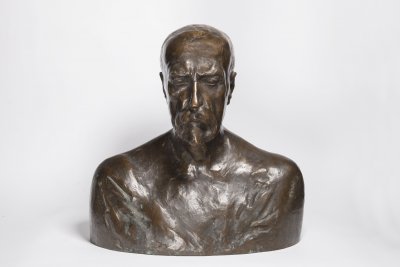
Lot 91 TOMÁŠ GARRIGUE MASARYK
Rufpreis85 000 CZK | 3 696 EUR
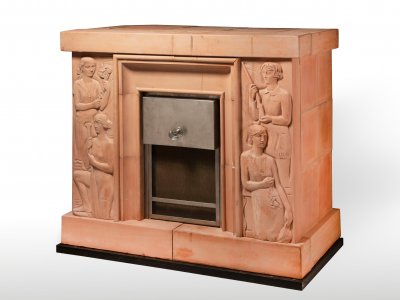
Lot 92 A FIREPLACE
Rufpreis80 000 CZK | 3 478 EUR
Erzielter Preis
200 000 CZK | 8 696 EUR
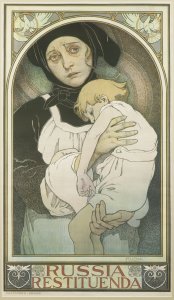
Lot 93 RUSSIA NEEDS RENEWAL
Rufpreis45 000 CZK | 1 957 EUR
Erzielter Preis
65 000 CZK | 2 826 EUR
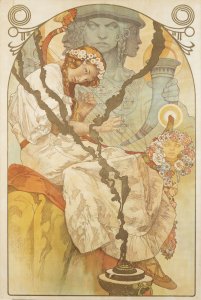
Lot 94 POSTER FOR THE SLAV EPIC
Rufpreis110 000 CZK | 4 783 EUR
Erzielter Preis
120 000 CZK | 5 217 EUR
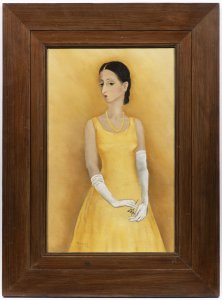
Lot 95 GIRL IN YELLOW DRESS
Rufpreis250 000 CZK | 10 870 EUR
Erzielter Preis
380 000 CZK | 16 522 EUR
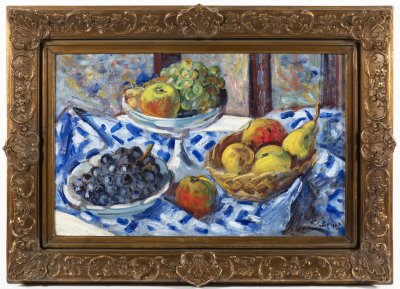
Lot 96 STILL LIFE WITH FRUIT
Rufpreis120 000 CZK | 5 217 EUR
Erzielter Preis
250 000 CZK | 10 870 EUR
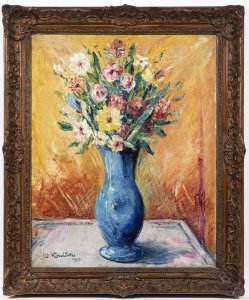
Lot 97 BOUQUET IN A VASE
Rufpreis30 000 CZK | 1 304 EUR
Erzielter Preis
35 000 CZK | 1 522 EUR
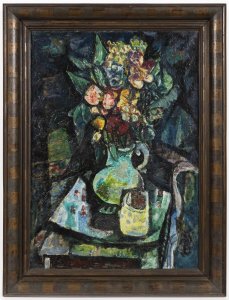
Lot 98 STILL LIFE WITH A BOUQUET
Rufpreis40 000 CZK | 1 739 EUR
Erzielter Preis
40 000 CZK | 1 739 EUR
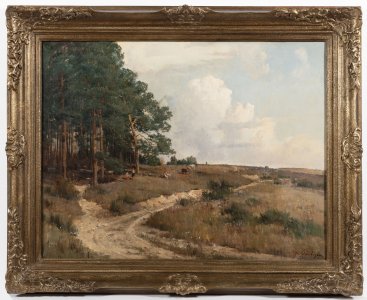
Lot 99 PATH BY THE FOREST
Rufpreis45 000 CZK | 1 957 EUR
Erzielter Preis
55 000 CZK | 2 391 EUR
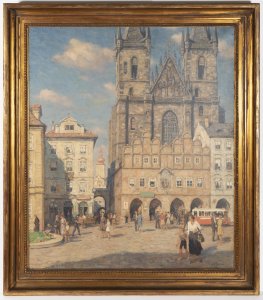
Lot 100 OLD TOWN SQUARE
Rufpreis95 000 CZK | 4 130 EUR
Erzielter Preis
110 000 CZK | 4 783 EUR
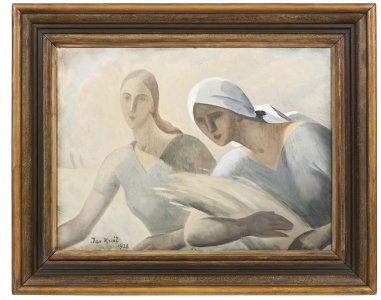
Lot 101 HARVEST
Rufpreis150 000 CZK | 6 522 EUR
Erzielter Preis
600 000 CZK | 26 087 EUR
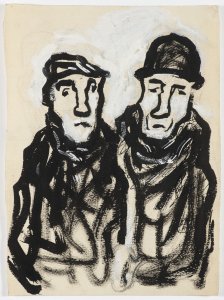
Lot 102 CURRICULUM VITAE
Rufpreis40 000 CZK | 1 739 EUR
Erzielter Preis
80 000 CZK | 3 478 EUR
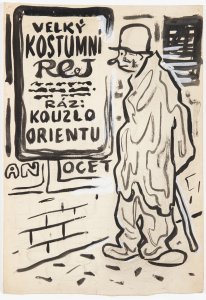
Lot 103 CARNIVAL
Rufpreis40 000 CZK | 1 739 EUR
Erzielter Preis
85 000 CZK | 3 696 EUR
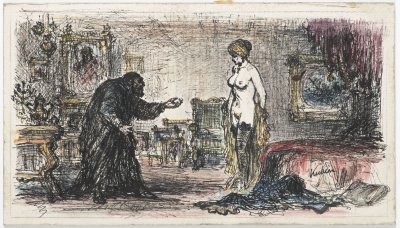
Lot 104 AN OFFER
Rufpreis22 000 CZK | 957 EUR
Erzielter Preis
42 000 CZK | 1 826 EUR
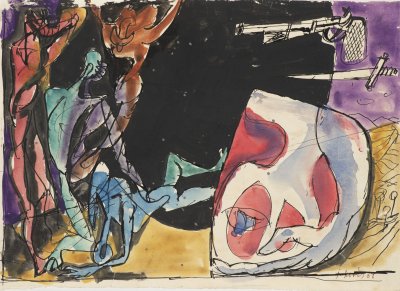
Lot 105 HORRORS OF WAR
Rufpreis12 000 CZK | 522 EUR
Erzielter Preis
19 000 CZK | 826 EUR
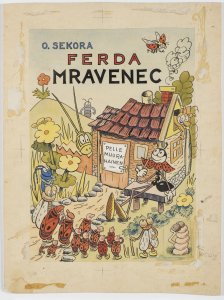
Lot 106 FERDY THE ANT - BOOK COVER
Rufpreis40 000 CZK | 1 739 EUR
Erzielter Preis
140 000 CZK | 6 087 EUR
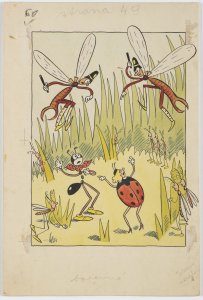
Lot 107 HOW LADYBUG SNITCHED
Rufpreis30 000 CZK | 1 304 EUR
Erzielter Preis
95 000 CZK | 4 130 EUR
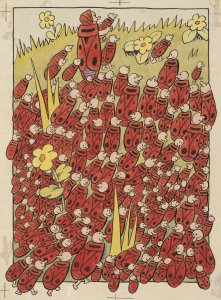
Lot 108 ABOUT THE CUTEST TOYS FOR LITTLE KIDS
Rufpreis30 000 CZK | 1 304 EUR
Erzielter Preis
90 000 CZK | 3 913 EUR

